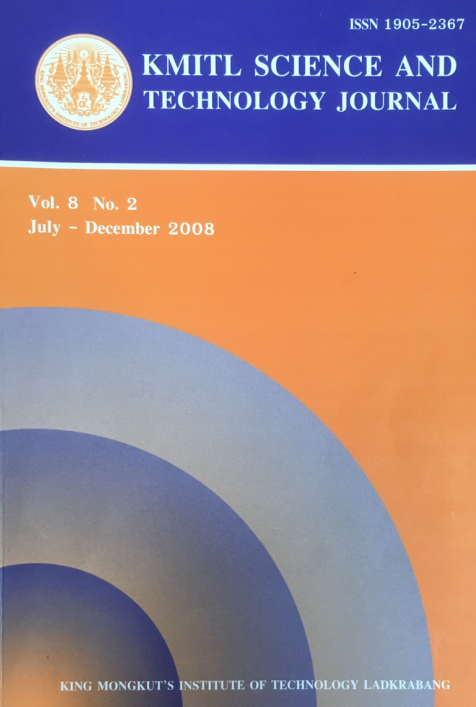Bacillus subtilis ATCC 6633, Escherichia coli ATCC 25922 and Rhizobium sp. DASA23010 were examined for carboxymethyl cellulase (CMCase) production. CMCase produced from all strains was characterized as cell-bound enzyme. All strains could grow in medium containing CMC as a sole carbon source. The highest activities obtained from B. subtilis, E. coli and Rhizobium sp. were not significantly different. Comparing the growth in three agricultural wastes, maximum cell numbers were obtained from the media containing pineapple peel, vegetable residue and corncob,respectively. Corncob stimulated higher production of CMCase than other agricultural wastes.
KEYWORDS: Carboxymethyl cellulase, CMCase, Bacillus subtilis, Escherichia coli, Rhizobium, agricultural wastes
E-mail: neelawan@su.ac.th
Sudto, A. ., Punyathiti, Y. ., & Pongsilp*, N. . (2018). The Use of Agricultural Wastes as Substrates for Cell Growth and Carboxymethyl Cellulase (CMCASE) Production by Bacillus subtilis, Escherichia coli and Rhizobium sp.. CURRENT APPLIED SCIENCE AND TECHNOLOGY, 84-92.

https://cast.kmitl.ac.th/articles/136819